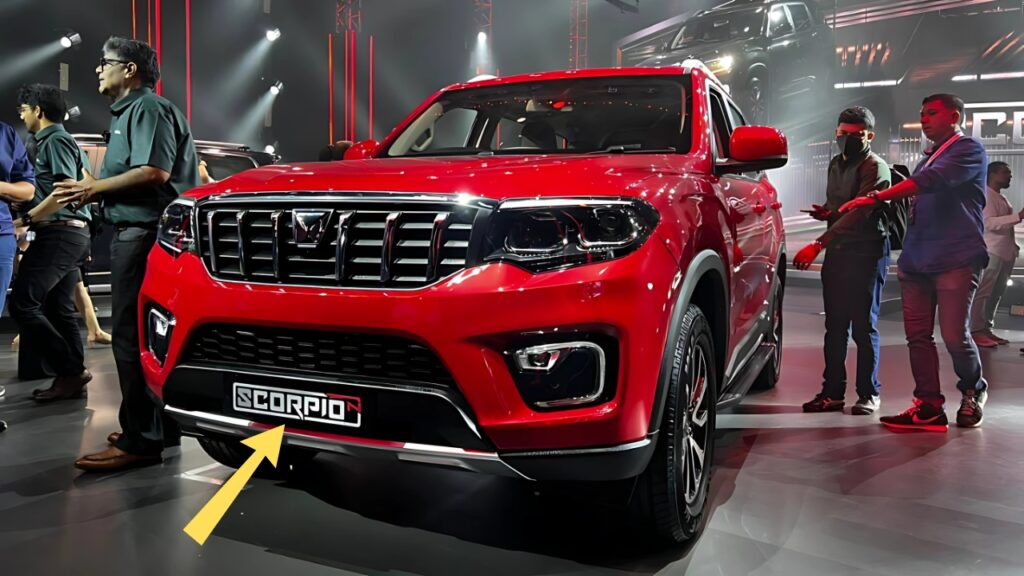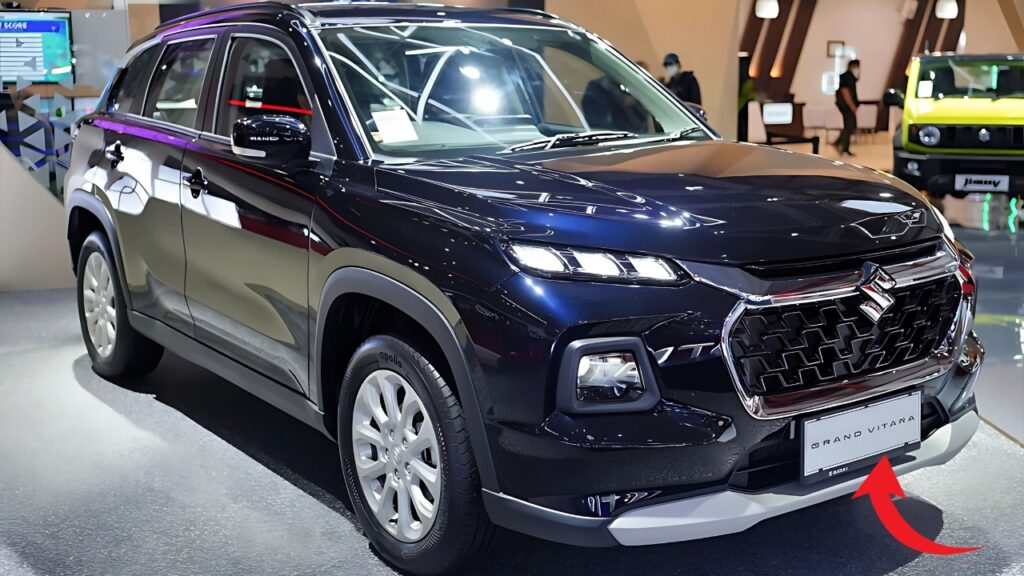Yamaha Rx 100: The story of the Yamaha RX 100 begins in 1985 when Yamaha Motor Corporation, in collaboration with Escorts Group, introduced this compact motorcycle to the Indian market.
The timing was perfect—India was experiencing economic liberalization, and the growing middle class was eager for affordable yet exciting personal transportation options.
The motorcycle landscape was dominated by fuel-efficient but uninspiring commuter bikes, creating a perfect opportunity for something with more character.
The RX 100 was developed with the Indian market specifically in mind. While based on Yamaha’s international small-displacement motorcycle platforms, it was adapted to suit local conditions and preferences.
The engineering team focused on creating a lightweight frame paired with a responsive engine that could handle the diverse and often challenging road conditions found across India.
What emerged was a motorcycle that weighed just 103 kg (227 lbs) powered by a 98cc two-stroke, air-cooled, single-cylinder engine that produced 11 horsepower at 7,500 rpm.
These specifications might seem modest by today’s standards, but in the mid-1980s, they represented an exceptional power-to-weight ratio that translated to thrilling performance.
Table of Contents
Yamaha Rx 100: Engineering Excellence

The heart of the RX 100’s appeal was its engine—a masterpiece of two-stroke engineering that delivered performance far beyond what its displacement might suggest.
The 98cc single-cylinder unit featured Yamaha’s renowned torque induction system that optimized power delivery across the rev range.
This created a motorcycle that was both tractable at low speeds and explosively quick when the throttle was opened.
The engine’s character was defined by its distinctive power band. Mild and manageable at lower revs, it transformed around 5,000 rpm, delivering a surge of acceleration that earned the motorcycle its reputation as a “pocket rocket.
” This characteristic two-stroke power delivery became one of the RX 100’s most cherished attributes, providing an exhilarating riding experience that larger, more expensive motorcycles struggled to match.
The five-speed transmission was perfectly matched to the engine’s output, with gear ratios carefully selected to keep the engine in its sweet spot.
The clutch action was light but positive, allowing for quick shifts that further enhanced the motorcycle’s responsive feel.
Beyond the powertrain, the RX 100’s chassis was equally impressive. The simple yet effective double-cradle frame provided excellent rigidity while maintaining the motorcycle’s lightweight character.
The conventional telescopic front fork and dual rear shock absorbers were tuned for a balance of comfort and handling, resulting in a motorcycle that felt nimble in city traffic yet stable at highway speeds.
The 18-inch wire-spoke wheels contributed to the RX 100’s classic appearance while providing good stability and the ability to absorb road imperfections.
The drum brakes—130mm at the front and 110mm at the rear—were adequate for the motorcycle’s performance and weight, offering predictable stopping power when needed.
Design: Timeless Simplicity
The RX 100’s design philosophy embraced minimalism long before it became fashionable. The sleek, purposeful lines created a profile that was both elegant and functional.
The long, flat seat, slender fuel tank with distinctive Yamaha graphics, and perfectly proportioned side panels created a cohesive visual identity that has aged remarkably well.
The chrome-finished exhaust with its upswept design not only looked appealing but also contributed to the motorcycle’s performance by optimizing exhaust flow.
The simple, round headlight and tail light, along with the analog instrumentation, reflected the straightforward nature of the motorcycle’s design.
What made the RX 100’s appearance so enduring was its honesty—every element served a purpose, with no superfluous styling details.
This function-led design approach resulted in a motorcycle that looked right from every angle, with proportions that emphasized its lightweight, agile character.
The color options were limited but impactful. The most iconic was undoubtedly the black and red combination, though the motorcycle was also available in black with gold graphics and, later, in silver.
These color schemes enhanced the RX 100’s visual appeal while reinforcing its sporty nature.
Cultural Impact and Community
Few motorcycles have had the cultural impact that the RX 100 achieved in India. It quickly transcended its role as a means of transportation to become a status symbol, particularly among young riders who were drawn to its performance capabilities and distinctive character.
The motorcycle featured prominently in Indian cinema, often portrayed as the vehicle of choice for protagonists with a rebellious streak.
This media presence further cemented the RX 100’s position in popular culture and contributed to its aspirational status.
Beyond entertainment, the RX 100 fostered a sense of community among its owners. Enthusiasts formed clubs dedicated to the motorcycle, organizing rides, maintenance workshops, and restoration projects.
These communities continue to thrive today, with social media providing new platforms for RX 100 owners to connect and share their passion.
The motorcycle’s relatively simple construction and mechanical accessibility also contributed to its popularity.
Owners could perform basic maintenance themselves, fostering a deeper connection with their machines and a better understanding of motorcycle mechanics.
This hands-on aspect of RX 100 ownership created a generation of enthusiasts with genuine mechanical knowledge—a tradition that continues with those who maintain these classics today.
The Riding Experience
What truly set the RX 100 apart was the riding experience it offered. The lightweight chassis and responsive engine created a motorcycle that felt alive beneath the rider, responding instantly to inputs and providing feedback that created a sense of connection rarely found in more complex machines.
The seating position struck an ideal balance between sporty and comfortable, with the relatively narrow handlebar providing good leverage for navigating through traffic or carving through corners.
The slim profile made it easy to filter through congested roads, while the predictable handling inspired confidence on open highways.
The sound of the RX 100 deserves special mention—the distinctive two-stroke exhaust note created a sensory experience that became part of the motorcycle’s identity.
The characteristic “ring-ding” at idle, building to a resonant howl at full throttle, announced the RX 100’s presence and became music to enthusiasts’ ears.
Fuel efficiency, while not exceptional by four-stroke standards, was reasonable for a performance-oriented two-stroke, typically delivering around 40-45 kilometers per liter under normal riding conditions.
The 10.5-liter fuel tank provided adequate range for both urban commutes and weekend escapes to the countryside.
Legacy and Collector Status
Production of the RX 100 continued until 1996, with some variations and updates introduced during its lifespan.
The introduction of stricter emission norms eventually led to the motorcycle’s discontinuation, as the two-stroke engine design became increasingly difficult to adapt to modern environmental standards.
In the years following its discontinuation, the RX 100’s reputation continued to grow. Well-maintained examples became increasingly sought-after, with collectors and enthusiasts willing to pay significant premiums for motorcycles in original condition.
What once was an affordable entry-level motorcycle transformed into a prized collectible, with prices for pristine examples sometimes exceeding what they cost when new.
This collector status has driven a thriving restoration industry, with specialists dedicated to bringing neglected RX 100s back to their former glory.
Original parts have become treasured commodities, with owners often going to extraordinary lengths to maintain authenticity in their restorations.
The RX 100’s influence extended beyond its own model line. Its success prompted Yamaha to develop successors like the RX-Z and RX 135, which built upon the original’s formula while introducing their own distinctive characteristics.
However, none quite captured the magic of the original RX 100, which remains the benchmark against which other small-displacement motorcycles are measured.
Modern Relevance and Future Prospects
Decades after its discontinuation, the RX 100 continues to maintain a strong presence in automotive discussions.
Enthusiasts regularly debate the merits of bringing back the iconic model, adapting its character to meet contemporary requirements.
Yamaha has occasionally hinted at the possibility of revisiting the RX legacy, though the challenges of adapting a two-stroke engine to meet modern emission standards present significant hurdles.
Some speculate that an electric motorcycle capturing the lightweight, responsive essence of the original RX 100 could be a fitting modern interpretation, preserving the spirit of the original while embracing future technology.
In the meantime, the original RX 100 continues to inspire custom motorcycle builders, who often use it as a base for cafe racer, scrambler, and tracker projects.
These modern interpretations demonstrate the timeless appeal of the RX 100’s proportions and the adaptability of its platform.
Yamaha Rx 100: More Than a Motorcycle
The Yamaha RX 100 represents more than just a successful product—it embodies a perfect alignment of engineering, design, and cultural significance.
Its legacy persists through the motorcycles that remain on the road, the communities that celebrate them, and the memories they continue to create.
In an era of increasingly complex motorcycles with electronic aids and multiple riding modes, the RX 100’s pure, unfiltered riding experience offers something that many modern machines lack.
Its enduring appeal speaks to the timeless nature of well-executed simplicity and the emotional connection that can form between riders and their machines.
The story of the Yamaha RX 100 serves as a reminder that displacement and specifications tell only part of the story.
What makes a motorcycle truly special is the experience it delivers and the memories it creates—areas where this modest but magnificent two-stroke continues to excel, even in an age where its performance figures have long been surpassed.
The RX 100 wasn’t just a motorcycle; it was a phenomenon that changed the Indian motorcycle landscape forever and continues to hold a special place in the hearts of enthusiasts worldwide.





